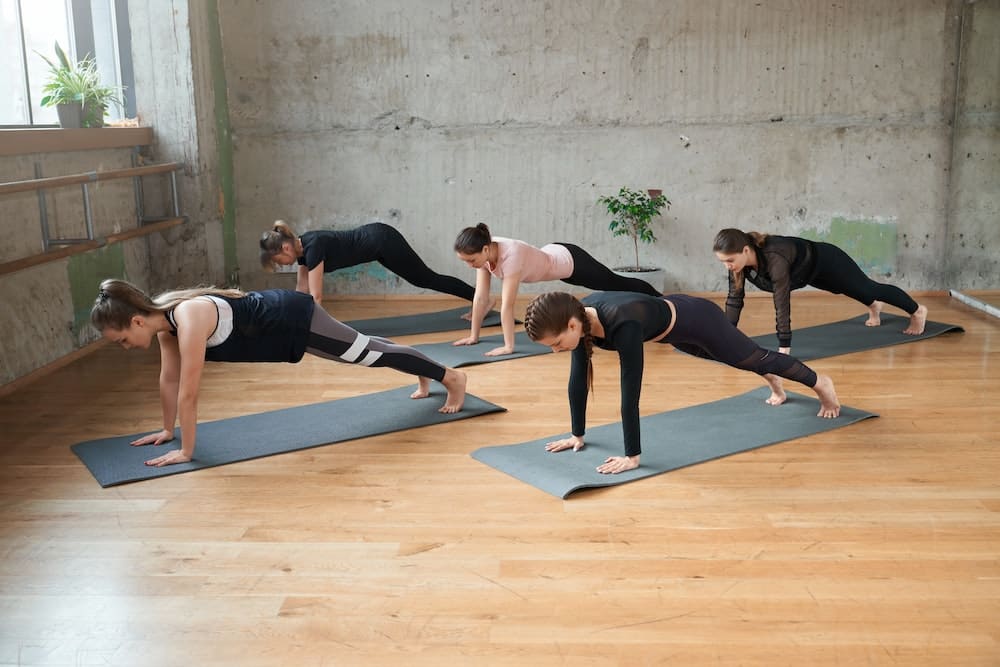What’s the Ideal Exercise Routine for a Miniature Dog Breed?

This piece of writing will bring you on a journey of understanding your miniature dog breed better. It’s all about keeping your petite pal in great health, brimming with energy, and maintaining their adorable charm. Now let’s embark on this fun-filled fitness adventure with your pup!
Recognize Your Small Breed
First, we need to remind ourselves what we mean by a "small breed". According to the American Kennel Club (AKC), small dog breeds include species like Miniature Schnauzers, Shih Tzus, and Toy Poodles, typically weighing less than 22 pounds. These dogs might be small in size, but they certainly pack a punch when it comes to energy and personality!
A découvrir également : What Are the Innovative Ideas for Repurposing Unused Attic Space?
Understanding your small breed is the first step towards creating an ideal exercise routine. This involves taking into account their breed characteristics, personality traits, and energy levels. For example, a Bichon Frise is an active, energetic breed that enjoys playtime and walks, while a Shih Tzu is typically more laid-back and might prefer more gentle forms of exercise.
Tailored Training Regime For Your Petite Pooch
Despite their small stature, these breeds still require daily physical activity to remain healthy. Exercise plays a critical role in maintaining their weight, improving cardiovascular health, and reducing behavior problems such as excessive barking or chewing.
A lire également : What Techniques Ensure a Perfectly Crisp and Golden Brown Pie Crust?
A well-structured training regime should include a blend of both physical and mental stimulation. Encourage interactive play like fetching a ball, tugging games, or hide and seek, as these activities can work their bodies and minds simultaneously. Training sessions sprinkled throughout the day will also provide mental stimulation while reinforcing obedience.
However, be cautious of over-exercising your small dog. Their little bodies are more prone to injury, and their energy levels can quickly deplete. Hence, it’s essential to monitor them during exercise and allow for ample rest periods in between.
The Daily Walk: A Must for Miniature Breeds
Walking is a staple in every dog’s exercise routine, regardless of size. It’s a great way for them to explore their surroundings, sniff out interesting smells, and have some one-on-one time with their favorite human – you!
For most small breeds, a daily 20 to 30-minute stroll around the neighborhood is ideal. However, some high-energy breeds like the Jack Russell Terrier may require longer walks or multiple walks per day. Always adjust the duration and intensity of walks according to your dog’s breed, age, and health condition.
Also, remember that safety comes first. Always keep your small dog on a leash to prevent them from running into dangerous situations. Keep an eye on the weather too; smaller dogs can easily get cold in the winter or overheat in the summer.
What If I Can’t Walk My Dog Every Day?
We understand, life can get busy, and finding time for daily walks isn’t always possible. If you’re unable to walk your dog every day, there are still plenty of ways to ensure they get the exercise they need.
Indoor activities can be a great substitute. Engage your pup in a game of indoor fetch, or set up a mini obstacle course for them to navigate. Puzzle toys that dispense treats when manipulated can also provide physical and mental stimulation.
Alternatively, consider enlisting the help of a dog walker or pet sitter. They can help ensure your dog gets their daily dose of exercise, even when you’re not able to do so.
When and How to Adjust Your Dog’s Exercise Routine
As your dog ages or their health status changes, so should their exercise routine. Puppies generally have a lot of energy and may require several short play sessions each day, along with daily walks once they’re fully vaccinated. Adult dogs, particularly active breeds, can benefit from more structured activities like agility training or obedience classes.
On the other hand, senior dogs may not be as energetic as they once were. They may suffer from health issues like arthritis that can make exercise difficult. In such cases, adjust the intensity of their workouts and consider low-impact exercises like swimming.
Remember always to consult with a vet before making significant changes to your dog’s exercise routine. They can provide guidance based on your dog’s breed, age, and overall health.
So, there you have it! Equip yourself with this knowledge and you’ll be well on your way to ensuring your small breed dog stays fit, healthy, and happy.
Keep Them Engaged: Dog Sports and Activities for Small Breeds
Dog sports and activities can add variety to your small breed’s exercise routine, offering both fun and mental stimulation. Our furry friends love to learn, explore, and play, so why not channel that energy into something constructive?
One popular dog sport is agility training. This high-energy activity involves directing your dog through a series of obstacles such as tunnels, jumps, and poles. It’s a great way for your dog to burn off energy and improve their balance, coordination, and obedience. However, agility training can be quite intense, so it’s better suited to high energy breeds and should be avoided for dogs with health concerns.
If you’re looking for something less physically taxing, you could try trick training. Teaching your dog to perform tricks like "sit", "stay", "spin", or "shake hands" can provide mental stimulation and reinforce obedience. Plus, it’s a fantastic party trick!
Don’t forget about dog-friendly games, such as hide and seek, tug-of-war, or fetch. These games can be played indoors or outdoors and are an excellent way to bond with your pet. They also promote problem-solving and improve your pet’s physical fitness.
Lastly, consider incorporating exercise into your dog’s daily activities. For example, make them work for their meals by using puzzle feeders or hiding treats around the house. This not only provides mental stimulation but also encourages them to move around more.
Regular Check-ins: Monitoring Your Small Breed’s Fitness
Maintaining a fit dog involves more than just regular exercise. It’s also about keeping an eye on their overall health and adjusting their exercise regime as needed.
Start by monitoring your dog’s weight. Obesity is a common problem in small breeds, and regular weigh-ins can help you spot any concerning weight gain early on. Your vet can provide guidance on your dog’s ideal weight based on their breed and age.
Pay attention to your dog’s behavior during and after exercise. Are they struggling to keep up? Do they seem excessively tired afterward? These could be signs that the exercise is too intense or that your dog may have an underlying health issue.
Remember, exercise requirements can vary significantly between different small dogs. Factors to consider include the dog’s breed, age, health status, and individual personality. Regular vet checkups can be invaluable in assessing your dog’s fitness level and determining the appropriate amount and type of exercise.
It’s also crucial to ensure that your dog is enjoying their exercise routine. If your dog seems uninterested or reluctant to participate in a particular activity, it may be worth trying something different that suits their preferences and abilities better.
Conclusion: Embrace the Journey of Exercise with Your Small Breed
There’s no one-size-fits-all exercise regime for small dog breeds. What works best for your petite pooch will depend on their unique characteristics and needs. Whether it’s a daily walk around the block, a game of indoor fetch, or a session of agility training, the key is to provide a mix of both physical and mental stimulation. Remember to keep dog safety in mind and adjust the routine as necessary based on your dog’s age, health condition, and energy level.
Becoming the go-to person for your dog’s fitness journey is not about being perfect. It’s about learning and adapting along the way. By understanding your small breed’s exercise needs and monitoring their health, you’ll be well-positioned to help your furry friend lead a fit, healthy, and happy life. Enjoy the journey!
